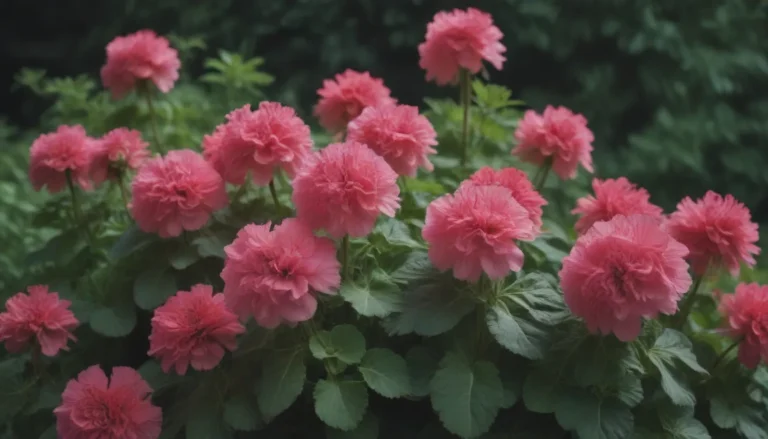Your Ultimate Guide to Growing and Caring for Queen Elizabeth Rose

If you have always been drawn to the elegance and beauty of roses, Queen Elizabeth rose (Rosa ‘Queen Elizabeth’) is a must-have addition to your garden. This Grandiflora rose, bred in 1954 to commemorate the ascension of Queen Elizabeth II to the throne, is a stunning blend of hybrid tea and floribunda roses. With its pink flowers and dark green, glossy foliage, Queen Elizabeth rose is a showstopper that blooms repeatedly throughout the summer and early fall.
Many people shy away from growing roses due to their reputation for being high-maintenance. But fear not – Queen Elizabeth rose is actually quite easy to grow, hardy, and disease-resistant, making it an ideal choice for both novice and experienced gardeners alike. In this comprehensive guide, we will walk you through everything you need to know to successfully grow and care for your Queen Elizabeth rose.
Planting Your Queen Elizabeth Rose
Before you dive into caring for your Queen Elizabeth rose, it’s important to start off on the right foot by planting it correctly. Here are some key tips to keep in mind:
- Timing: Plant your Queen Elizabeth rose in the early to mid-fall to allow the roots to establish before dormancy sets in.
- Location: Choose a spot that receives at least six to eight hours of direct sunlight per day to ensure healthy growth and abundant blooms.
- Soil: Opt for loamy soil that is rich, well-draining, and slightly acidic with a pH between 6 and 7.
- Spacing: Due to its shrub-like nature and potential height of 6 feet or more, plant your Queen Elizabeth rose towards the back of a flower bed or as a screen for optimal growth.
Caring for Your Queen Elizabeth Rose
Once your Queen Elizabeth rose is in the ground, it’s time to focus on its care. Here are some essential tips to help your rose thrive:
- Watering: Keep the soil consistently moist but not waterlogged. Check the top 2 to 3 inches of soil for dryness and water deeply if needed.
- Fertilizing: Use an all-purpose or rose-specific fertilizer in the early spring and after the first bloom to support healthy growth and abundant flowers.
- Pruning: Deadhead spent flowers to encourage continuous blooming. In late winter or early spring, prune dead and diseased wood, as well as any crossing stems, to promote new growth.
- Mulching: Apply mulch around the base of your rose to retain soil moisture and suppress weed growth.
- Overwintering: While Queen Elizabeth rose is hardy in the ground, provide extra protection for container-grown roses during winter to shield the roots from the cold.
Types of Queen Elizabeth Rose
In addition to the traditional shrub variety, there is also a climbing version of Queen Elizabeth rose that features the same dark green leaves and light pink flowers. This climbing variety is perfect for trellises, fences, and pergolas, adding vertical interest to your garden.
Propagating Your Queen Elizabeth Rose
Although Queen Elizabeth rose should not be propagated from seeds due to its hybrid nature, you can easily propagate new plants from stem cuttings. This simple method allows you to expand your rose collection and share the beauty of Queen Elizabeth with others.
Dealing with Pests and Diseases
Despite its reputation for disease resistance, Queen Elizabeth rose can still fall victim to common pests and diseases. Keep an eye out for aphids, black spot, powdery mildew, stem canker, and other issues, and take prompt action to protect your rose. Maintaining good overall plant health is key to warding off these problems.
Encouraging Blooms and Addressing Common Issues
If you’re eager to see more blooms on your Queen Elizabeth rose, ensure it receives adequate sunlight and proper care. Good air circulation, pruning, and fertilizing can all help promote abundant flowering. Be mindful of potential pests like Japanese beetles and spotted lanternflies, which can damage your rose if left unchecked.
Remember, with the right care and attention, your Queen Elizabeth rose can live for up to 20 years, gracing your garden with its beauty season after season. Whether planted in a garden bed or grown as a climbing vine, this exquisite rose is sure to impress with its stunning blooms and minimal thorns.
So, if you’re ready to enjoy the timeless elegance of Queen Elizabeth rose in your own garden, follow these tips and watch your rose flourish. Happy gardening!





